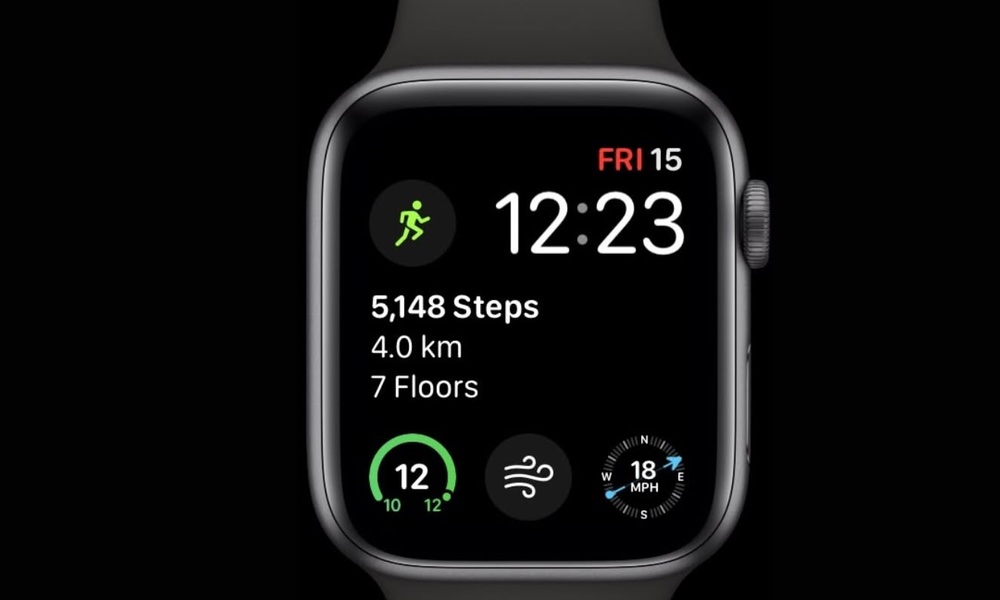An analysis of 11 published studies on cell phone use concludes that long-term cell phone use approximately doubles the risk of developing two types of brain tumor.
Most studies to date have found no association between cell phone use and head tumors. But many of these studies were short-term in nature. The 11 studies analyzed here all looked at cell phone use over a period of ten years or longer.
Combined statistical analysis of all 11 studies found that using a cell phone for 10 years approximately doubled the risk for developing a glioma or acoustic neuroma in the same side of the head as the phone was normally used.
Cell phones emit low-energy radiation (microwaves). Some of this radiation passes through the skull and into the brain. Penetration can be over two inches in adults and further in children. It is not currently known if this radiation is dangerous or harmless. Though it seems as if cell phones have been around forever, they haven't been in use long enough to answer this question. This particular analysis finds the radiation to be dangerous.
Radiation exposure decreases according to the inverse square of the source's distance. That is, moving the phone three times further from the head means one-ninth the radiation exposure.
The 11 studies in question belong to two sets: one funded by the cell phone industry (the Interphone studies), one conducted by independent researchers (the Hardell Studies). The Interphone studies found no increase in brain tumors with increased cell phone usage. The Hardell studies found that more cell phone usage, higher radiation exposure, more years of usage and lower age of the user all increased the risk of a brain tumor.
Combined statistical analysis of all 11 studies found that using a cell phone for 10 years approximately doubled the risk for developing a glioma or acoustic neuroma in the same side of the head as the phone was normally used.
Gliomas are the most common malignancy of the central nervous system in adults and are rarely curable. Acoustic neuromas are benign tumors.
Cell phones, power lines and satellite dishes all emit low-level radiation. It is simply not known yet whether these emissions have undesirable health effects or not. For people who want to lower their radiation exposure from cell phones, the authors of the analysis offer 13 separate recommendations on how to do so:
- Limit the use of cell phones to essential calls and keep calls short.
- Children should be allowed to use a cell phone in cases of emergency only. Because of their developing skulls, the radiation can penetrate much more deeply.
- Wear an air tube headset (not regular wired headset). The regular wired headset has been found to intensify radiation into the ear canal. The wire not only transmits the radiation from the cell phone but also serves as an antenna, attracting EMFs from the surroundings.
- Do not put the cell phone in a pocket or a belt while in use or while it is on. The body tissue in the lower body area has good conductivity and absorbs radiation more quickly than the head. One study shows that men who wear cell phones near their groin could have their sperm count dropped by as much as 30%.
- If using the phone without a headset, wait for the call to connect before placing the phone next to the ear.
- Do not use the cell phone in enclosed metal spaces such as vehicles or elevators, where devices may use more power to establish connection.
- Do not make a call when the signal strength is 1 bar or less, which means the phone must work harder to establish a connection.
- Purchase a phone with a low SAR. Most phones have a SAR level listed in its instruction manual. The SAR level is a way of measuring the quantity of RF energy that is absorbed by the body.
- Use a scientifically validated EMF protection device. There are advanced technologies available nowadays that strengthen the bioenergy field and immune system against the effects of EMF.
- Use text instead of talk.
- Use landlines.
- Keep cell phone off most of the time. Let people leave messages and then call them back from a landline.
- Limit the use of cell phones in rural areas.
Risk of Brain Tumors From Wireless Phone Use appears in the November/December 2010 issue of Journal of Computer Assisted Tomography and is freely available.




